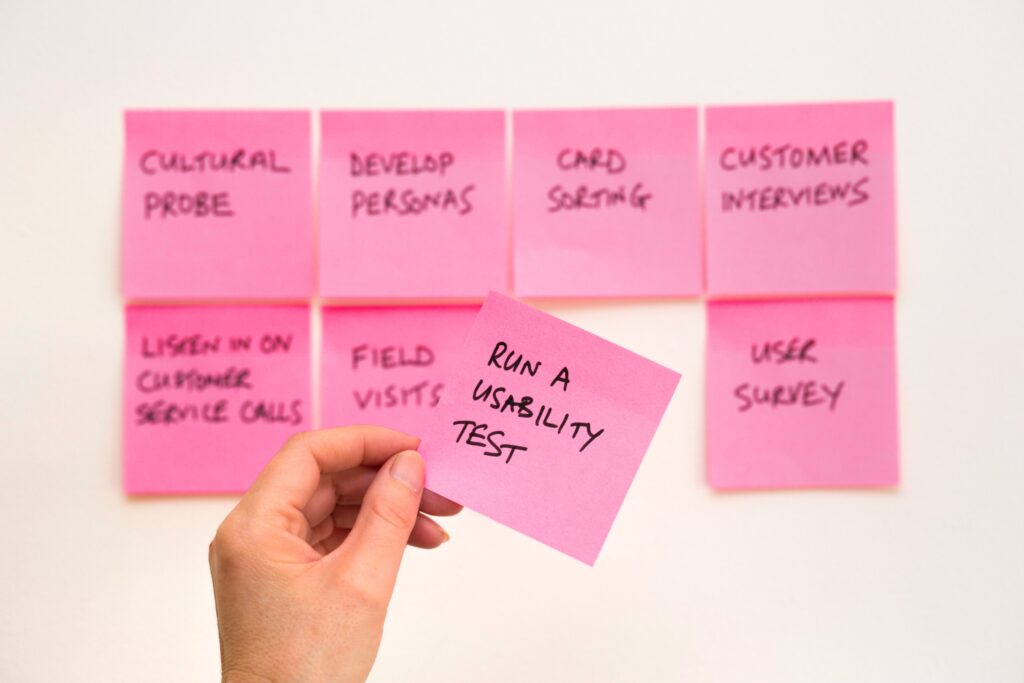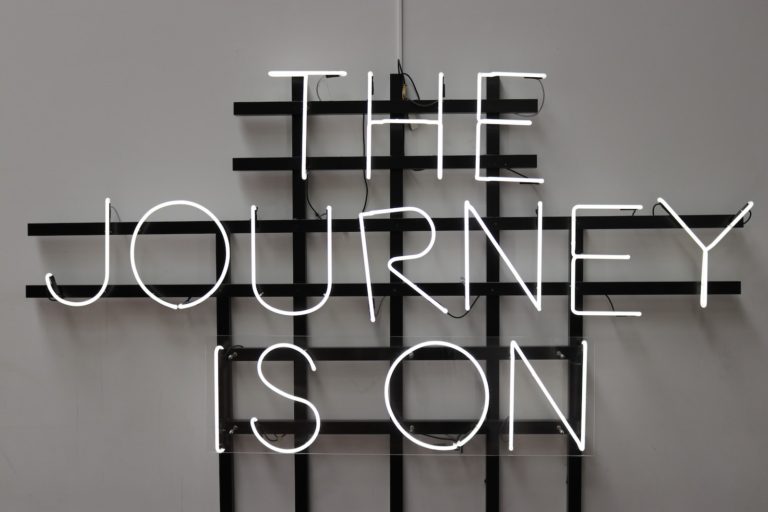My Favorite System For Achieving Big Goals
If you don’t know it yet, I love systems, habits, and achieving goals. Luckily, we are a Google or ChatGPT away from finding a system or a process to help with whatever we want. I want to spare you the search and introduce you to my favorite system for achieving goals. Let’s jump in and find the answer to a very important question: To move toward a personal vision, what smaller steps should you take?

My first experience with the system
I still remember the first time I was introduced to the system that would help me achieve my dreams and goals. I had just started in the ACES program with Mirasee, and my second call with my coach was focused on the objectives for the sprint (the next 3 months).
Some people in ACES seem to dislike the OKR system, but for me, it was love at first sight. I remember my brother had mentioned this system to me a few years back. I had a note in one of my to-dos to check it out, but I never did.
Did I regret not reading the info my brother had shared? Of course, I did. But I love how life and the universe provide for us when we are ready. ACES introduced OKRs to me and my business, and I have been using this system to achieve my goals and even personal ambitions for more than a year now. It’s time you got to know it too.
What are OKRs?
OKRs (Objective and Key Results) is a system that allows you to plan and complete goals in a very structured way. This system was pioneered by John Doerr and pairs the objectives you want to achieve with the key results that will measure your progress. It helps with tying your goals with your day-to-day activities.
In other words, it’s the answer to the question: “To move toward a personal vision, what smaller steps should you take?”
Objectives
The objectives are the goals you want to achieve. They represent the “what”. What do you want to accomplish?
They are your personal vision. Where are you going?
You can have many objectives, but the recommendation is to set no more than 3 personally and for your team.
Key Results
Each objective has at least a few key results. The key results are the measurement for the objective, or the “how”. They are statements that show how you will achieve the objective.
The key results give you the milestones of your journey. They are not the smaller steps yet, but they show you the way.
Aim to have 2 to 5 key results for each of your objectives.
Example of OKRs
It’s always best to see things in action to understand how they work. So, let’s say you want to be promoted to a Senior Manager position in your company. How will you define this using OKRs?
Objective: Become a Senior Manager by Oct 30, 2024
- Key Result (KR) 1: Understand the requirements for the promotion by Sep 1, 2024
- KR 2: Assemble a team of allies in the company by Sep 15, 2024
- KR 3: Apply by Oct 1, 2024
- KR 4: Prepare for an interview by Oct 15, 2024

To move toward a personal vision, what smaller steps should you take?
One of the reasons I love the OKR system is the fact that it provides a path to connecting my strategy to my day-to-day activities.
Once you have your OKRs, it’s time to do the work. One of the benefits of the OKRs is that it’s easy to tie your actions to the specific OKR.
In other words, you can now identify what smaller steps you should take to move toward a personal vision.
There are a couple of things you can do:
- Plan in advance. Using David Allen’s “Getting Things Done” methodology, you can create a spreadsheet or use an app to track your “Next Action” for each of your Key Results. This way, you know what you need to do next and how it ties to your goals. The idea is to have your next immediate small steps. For example, if you want to become a Senior Manager and one of your key results is to assemble a key of allies, maybe your next immediate action is to brainstorm who are the people you want to reach out to.
- Evaluate in the moment. Ask yourself these questions:
- “How is this activity helping me achieve my objective?”
- “How does this activity tie to one or more of my key results?”
- If the activity does not tie to your OKRs, you can consider whether this is something you want or need to do right now.
Equipped with your OKRs, the plan, and the questions for evaluating activities in the moment, there’s nothing stopping you from achieving your goals. Trust me. The process is fantastic.
I’m personally using the OKRs in combination with the “Next Action” concept from David Alen, and work has never been more streamlined and organized before.
Create your own OKRs
What are your 3 main goals for the next 6 months?
Do you have the answer? Good. These goals are your objectives. For each of them, think about the steps that will help you achieve the goal (in other words, how you will measure it and make progress). Aim to come up with 2-5 key results.
Bonus (for Agile people)
Bonus for all of you Agile folks. Do you know that my favorite system for achieving goals can be translated to the Jira board?
Here’s how you do it. An objective is basically an Epic. The key results represent the Stories, and your next actions are the tasks. Incredible, isn’t it?
Ok, I’d better stop before my nerdiness comes out (too late, I know 😂 ).
Interested in implementing OKRs in your work and life? Book a 15-minute consultation call here to see how I can help you get organized and make the OKR system yours.
- Mastery Orientation or How to Stop Seeking Praise - May 6, 2024
- 5 Reasons to Improve Employee Wellbeing and Health - April 29, 2024
- Build a Professional Network That Loves You - April 22, 2024







